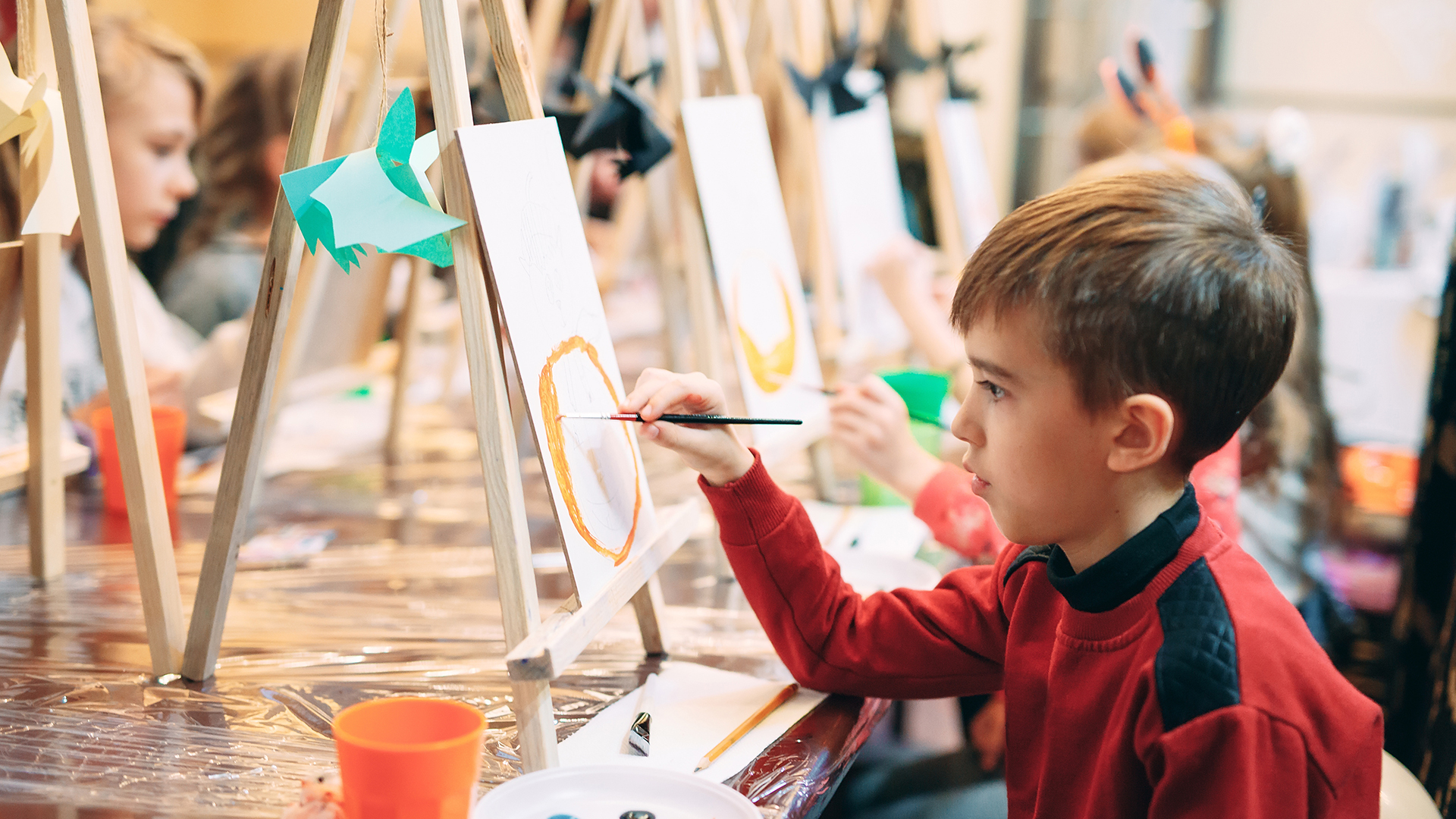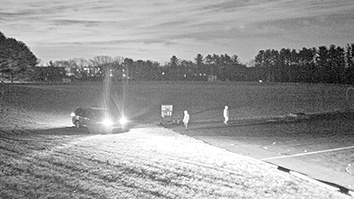In 2020, SRI Education researchers conducted a comprehensive study of the status of arts education in California’s K–12 public schools.
The California Education Code requires schools to offer courses of study in four arts disciplines to all California K–12 students. In 2006, with support from the William and Flora Hewlett Foundation, SRI Education researchers conducted a study of arts education in California. We assessed schools’ arts programs relative to state goals, examined systems of support for these programs and identify ways state and local policymakers might improve conditions for young people to experience arts education in schools. In our 2007 report An Unfinished Canvas, we summed up our findings:
“Although some California schools have excellent arts programs in place, with well-trained teachers, standards-aligned curricula, and high-quality facilities and materials, most do not. Instead, arts education in California is plagued by a lack of funding, underprepared elementary-level teachers, and inadequate facilities. It suffers from uneven implementation and is often crowded out by other curricular demands. As a result, most students in California do not receive instruction at the level required under state policy. ”
In 2019, the Hewlett Foundation engaged SRI Education to “refresh” the 2007 study. The new study addressed the same research questions and relies on the same research design and data sources as the earlier study—a statewide school survey, case studies and analysis of extant data provided by the California Department of Education. One notable change was the addition of a focused study on arts education in court and community schools, published as a stand-alone report.
A new study on California arts education—Creativity Challenge: The State of Arts Education in California
Overall, SRI Education researchers found that, while much remained the same in 2020 as in 2006, some aspects of arts education in California’s K–12 schools had improved. More schools were offering a course of study in each arts discipline. Higher percentages of elementary school students were participating in arts education. And more students were enrolling in career and technical education (CTE) courses in the arts. Despite declining overall enrollment, California employed more arts teachers. And more schools have equipped, dedicated spaces for arts instruction. These improvements coincide with funding increases associated with the state funding formula and CTE, coordinated advocacy efforts, changes to the state accountability system and substantial increases in support from school districts, counties and partner organizations.
Despite these improvements, California schools still fall short of state goals for arts education. Moreover, the study data reveal a consistent pattern of inequity. Elementary schools, court and community schools and schools serving high percentages of children from low-income households provide less access to arts instruction, face more barriers to increasing arts education, and are less likely to have dedicated rooms with specialized equipment for the arts.
Learn more about our innovations at school and in the workplace.

This study was made possible by a grant from The William and Flora Hewlett Foundation. The contents of these publications is the work of the authors and does not necessarily reflect the views of the William and Flora Hewlett Foundation.
Publications
-
Creativity Challenge: The State of Arts Education in California – Summary Report
We found that, while much remained the same in 2020 as in 2006, some aspects of arts education in California’s K–12 schools had improved.
-
Creativity Challenge: The State of Arts Education in California – Full Report
Our goal was to assess schools’ arts programs relative to state goals, examine the systems of support for these programs, and identify ways in which state and local policymakers might improve conditions for young people to experience arts education in schools.
-
Creativity Challenge: Arts Education in California’s Court and Community Schools
This study examines arts education access for students served by California’s district community day schools, county community schools, and juvenile court schools; which we collectively refer to as court and community schools (CCS).
-
Creativity Challenge: Arts Education in San Francisco Bay Area Schools
Like the state as a whole, the vast majority of Bay Area schools are failing to meet state goals for arts education by not providing a sequential, standards-based course of study in all four of the required arts disciplines.
Our team
-

Katrina Woodworth
Director, Center for Education Research and Innovation, SRI Education
-

Candice Benge
Education Researcher, SRI Education
-

Carolina Zamora
Education Researcher, SRI Education



